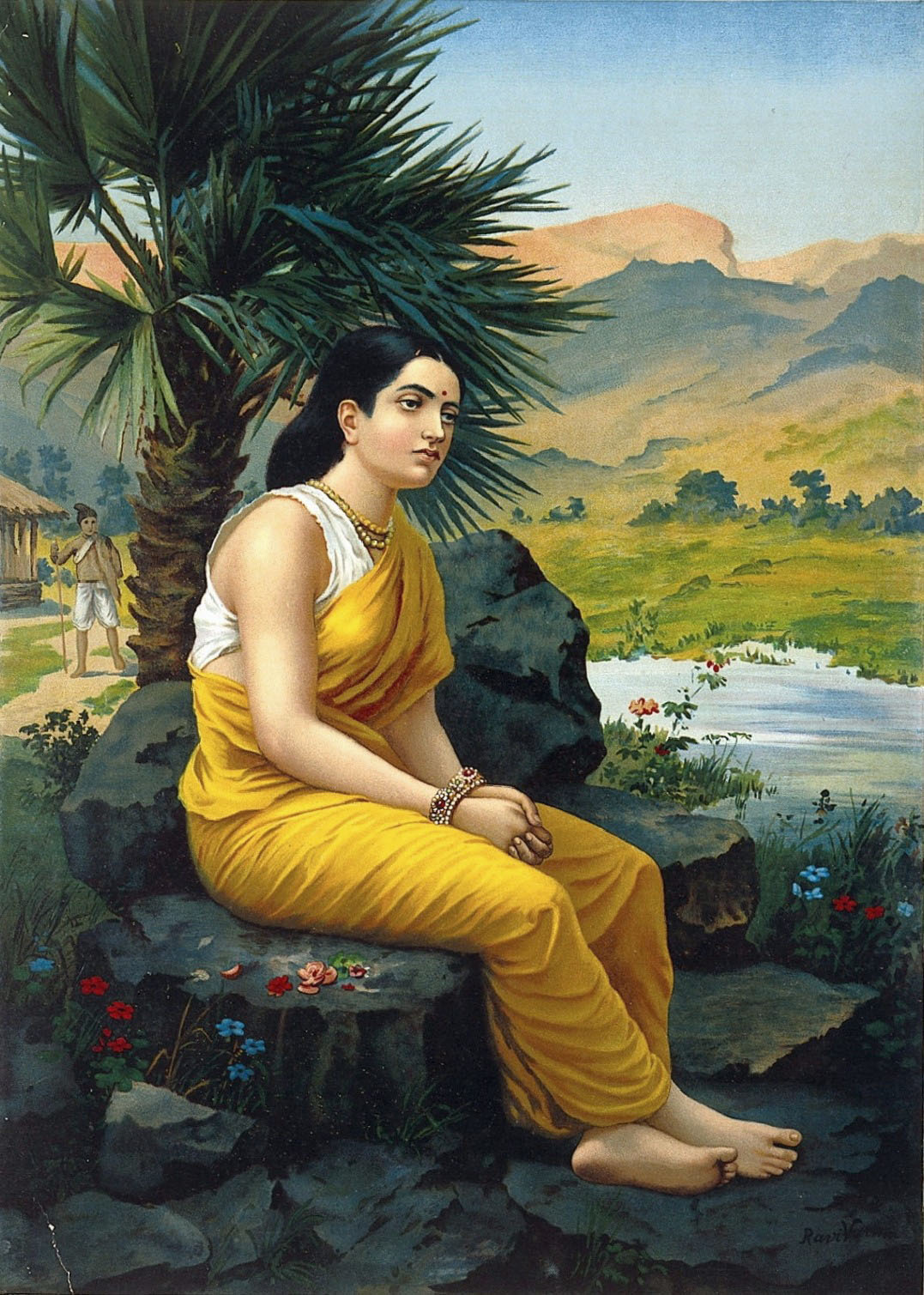It was Jatayu who tried to pursue
Rawan (1) to save Sita, his treasured King’s
wife, as she prayed to her Rama to free
her from Rawan’s clutch, squeezing tight her spleen.
The Vulture King, Jatayu’s time was due,
The demon Rawan’s blade had chopped his wings
and to his friend, Rama granted mukti (2)
as he lay dying in the forest green.
Yet the atman (3) of Jatayu mamoo (4)
calmed the sea, while Sita and her young twins,
in the Fatel Razack (5), crushed and thirsty,
longed for lassi and their royal cuisine.
And wasn’t it Jatayu’s glance askew
that Sita saw while being weighed from springs
on Nelson Island, then given sari
and a bar of blue soap for her hygiene?
It was Jatayu’s steadfastness, like glue,
through the jungles and canefields, and wasp stings,
that feathered Sita as she ate roti
while fighting off brute hands, rough and porcine.
By the light of her bedi (6) Sita knew
she was tethered strong, even in wind swings,
by Jatayu, anchored in the flame tree,
who shielded her, as if she were still queen.
1. Alternative spellings in diasporic communities for this Ramayana character are
‘Ravan’, ‘Ravana’, and ‘Rawana’.
2. Transcendent state attained as a result of being released from the cycle of rebirth.
3. Soul.
4. Uncle.
5. First ship to bring indentured labourers from India to Trinidad.
6. Hindu earthen altar.
Lelawattee Manoo-Rahming
This poem “Sita and Jatayu” was written by Trinidadian-Bahamian poet Lelawattee Manoo-Rahming and reflects her Indian-Caribbean heritage. It is based on the Ramayana and is about the story of Sita, wife of Lord Rama, and her abduction by the demon-king Rawan. Rama’s defeat of Rawan and his triumphant return to his kingdom in Ajodhya is associated with the recently celebrated Hindu festival of lights Diwali.
The poet draws on that to present a poem about Indian indentureship and women who made the journey, presenting the Sita in the poem as a reincorporation of the queen Sita who was protected by Jatayu who fought to save her from Rawan and the tale was recast in the Caribbean where indentured women were in need of that kind of protection.
Manoo-Rahming is of Indo-Trinidadian origin, was born and grew up in Trinidad and Tobago, but now works in the Bahamas as a professional mechanical/building services engineer. She is a prize-winning writer, a poet, fiction writer, essayist and artist. Her writing focuses on violence against women and children, the environment and her Indian Trinidadian heritage. This poem arises from that.
Religious festivals in the Caribbean are characterised by their association with and use of literature, myth, theme or message, drama, theatre, symbolism, and public outreach. Diwali is one of these great festivals, called the festival of lights because of the role lights play in its spiritual beliefs, practice and public expressions. They are important to theme and message, theatre, symbolism and public outreach. To this may be added literature, and that is where the poem comes in.
Lakshmi (there are alternative spellings) is the beautiful goddess of lights, wealth, prosperity and good fortune. At Diwali she is worshipped by devotees who light diyas around their gates, yards and houses at Diwali as symbolic invitations to Lakshmi to enter their homes and their lives, bringing prosperity. These ancient traditional earthen lanterns are also symbols of light over darkness, the triumph of good over evil and enlightenment over ignorance. Other lights are added to this to create a public theatre of spectacle which is customarily admired by onlookers – the general public, including those who are not Hindus, and for whom there is no religious significance. The spectacle is a public outreach, such as the grand motorcade staged along the streets by the Guyana Hindu Dharmic Sabha. Yet the tableaux, the scenes, the images depicted are for the most part pictures which express various aspects of Hindu belief.
The way lights are used to decorate the homes and buildings and the vehicles in the motorcade are similar to what happens in other activities of Hinduism at Diwali. A good example is the Rangoli, which is the use of coloured rice grains to draw beautiful, artfully designed pictures, admired for their spectacle, but also important for the stories, themes and images that they express which are all related to the Hindu faith. There are many stories and themes, some of which are narrated in literature and one of which is referenced by Manoo-Rahming’s poem.
The story is told of Lord Rama who went into exile from his kingdom with his wife Sita and brother Laxhman. It is said that at the end of his exile he returned home in triumph on the darkest night of the year. The people lit thousands of diyas along the roadways to guide him home and to celebrate his triumphant return. This happened at Diwali time and the name Diwali means rows of lights/diyas. But at one point in the story, an enemy of Rama, the demon king of Lanka Rawan engineered an opportunity when Sita was left alone and captured her. The only one nearby to save her was Jatayu, a king of the vultures who was a fierce warrior at his prime, but at that time was old. He fought valiantly but had already lost his power and was defeated by Rawan who cut off his wings.
Eventually, Rama, with the help of Hanuman, was able to attack Lanka, rescue Sita and defeat Rawan. But the poem focuses on the brave attempt by Jatayu to battle against Rawan. The poem switches between that moment and the journey into indentureship made by Indian women. The scene switches between ancient India and the Caribbean, the journey by sea and the plantation in Trinidad where those women laboured under harsh conditions.






